Kama Weapons for Martial Arts
-
$49.95
-
$54.95
-
$69.95
-
$49.95
-
$17.95
-
$39.95
-
$79.95
-
$86.95
-
$17.95
-
$59.95
-
$29.95
-
$29.95
-
$39.95
-
$39.95
-
$34.95
For martial artists practicing traditional weapons forms, kama are a key part of many kobudo systems. Their hooked blades and short handles allow for fast spins, fluid transitions, and striking techniques that can be both flashy and precise. Some martial artists choose lightweight demo kama to show off speed and control, while others prefer more realistic builds for practicing fundamentals.
You'll find a few different styles here, depending on your needs. Foam kama are a great option for beginners, younger students, or anyone working on choreography where safety is a concern. They're lightweight and forgiving, which makes them useful for learning basic movements without the risk of injury. For more experienced practitioners or performers, metal kama offer a better sense of weight and balance, and their visual impact makes them a strong choice for demos or weapons competitions.
If you're training for performance or just want to refine your skills, it's worth thinking about how your kama feel in motion. The balance between the blade and the handle can affect your control during spins and strikes. Some models are designed with wider blades and high-gloss finishes for visual effect, while others stay closer to traditional shapes used in Okinawan or Japanese martial arts.
While kama aren't as widely recognized as swords or staffs, they hold a unique place in the world of martial arts weapons. They require coordination, speed, and discipline to master, and that makes them a favorite among students who enjoy the challenge of more complex forms. Some people also collect them as part of a traditional weapons set, especially those who practice multiple kobudo weapons like bo, sai, and tonfa.
Whether you're a beginner working through your first weapons kata or a seasoned martial artist performing on stage, the right pair of kama can make a big difference in both appearance and feel.
What to Look for When Choosing Your Kama
The first decision is whether you need kamas for live training, performance, or display. Foam kama are ideal for beginners, schools, or anyone who wants to focus on safety and basic movements. They're also commonly used in choreography and youth programs, where reducing the risk of injury is a priority. If you're more experienced, metal kama offer better balance and realism for weapon forms and demos.
Blade shape and weight also matter. Some martial artists prefer sleek, performance-style kama with exaggerated sickle blades for visual impact, while others stick with traditional shapes that match their dojo's curriculum. Lighter kamas spin faster and are easier to control in quick routines. Heavier models are better for developing grip strength and realistic timing.
If you're working toward competitions or weapons exhibitions, look for demo-style kama with mirror-polished blades or stylized finishes. These draw attention during stage work or tournaments. For training purposes, some martial arts kamas are intentionally dull-edged and built with rounded tips to reduce risk without sacrificing technique.
How Kamas Are Used in Martial Arts
Kamas are widely used in kobudo and other traditional Japanese weapons systems. They're most commonly practiced in pairs and used for blocking, trapping, hooking, and striking. Unlike staffs or bo weapons, kamas are short-range tools that rely on speed and coordination. Because of their curved blades, they're often called martial arts sickles, and the movements reflect that farming-tool origin.
In modern training, the kama is often introduced after a student has developed control with longer weapons. It demands a high level of timing, especially when performing fast combinations or working through traditional forms. Martial arts instructors sometimes use kamas as a test of skill for advanced students, since even simple kata require a strong understanding of rhythm, distancing, and precision.
These weapons are also featured in stage combat, open-hand weapon divisions, and creative forms. When used well, they show off a combination of speed, fluidity, and sharp technique that make them one of the most visually impressive tools in martial arts.
Is a kama considered a sickle weapon?
Yes, the kama is a type of sickle weapon that originated from farming tools. Its curved blade and compact size make it ideal for fast, circular movements, earning it the nickname "martial arts sickle" in many styles.
Can beginners train with kama weapons?
Beginners can train with kama, especially when starting with foam or dull-edged versions. These allow new students to learn the basics safely while developing control, timing, and coordination.
What size kama should I get?
Most kama are sized so the blade reaches just past the user's wrist when held upright against the arm. Foam training kama are often one-size-fits-most, while performance or traditional models may offer size options based on height or skill level.
Do you need to use two kamas, or is one enough?
Kamas are traditionally practiced in pairs, especially in kobudo forms. However, some modern demos or creative routines use a single kama, depending on the choreography or style. Starting with one is fine, but most martial arts systems teach kama in sets of two.






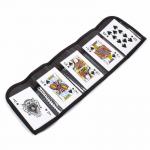
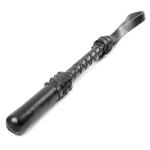
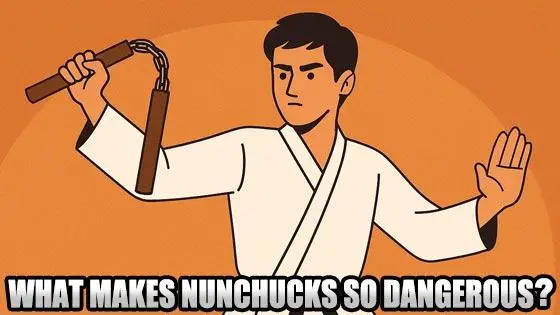

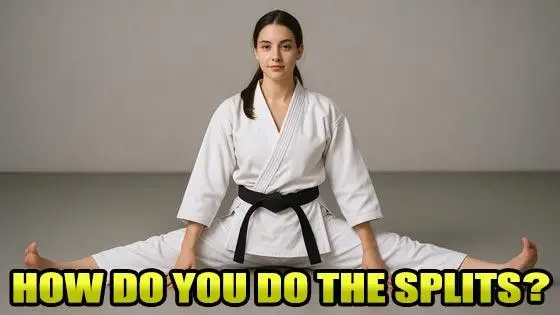

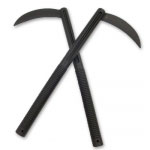

 (1)
(1)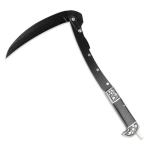
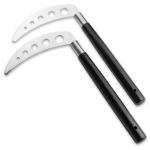
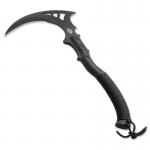
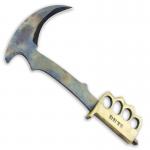
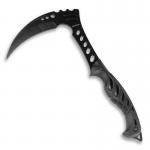
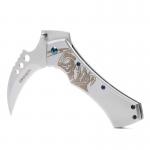
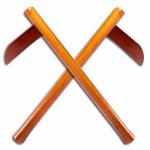
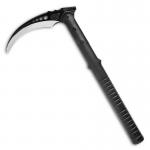
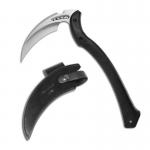
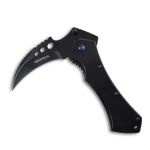
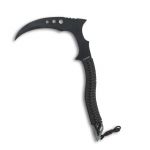
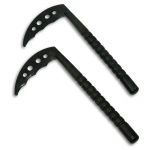
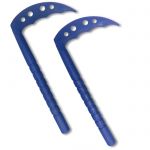
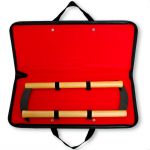
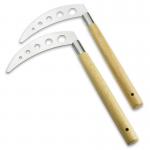
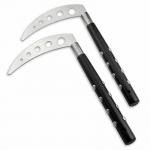
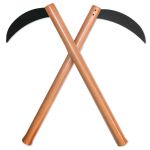
 (1)
(1)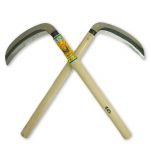
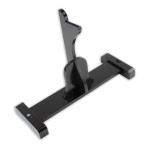
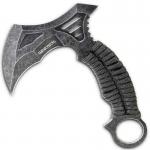


 (3)
(3)


















